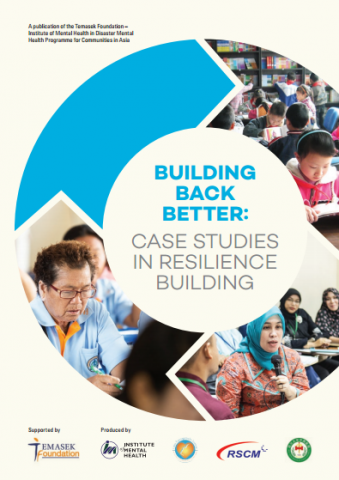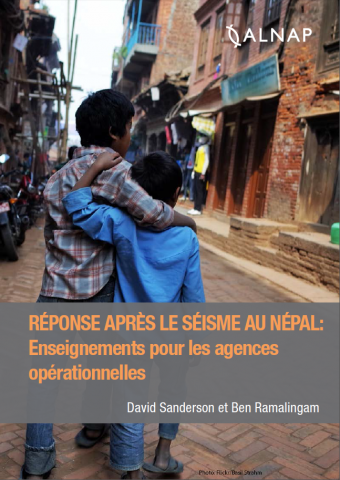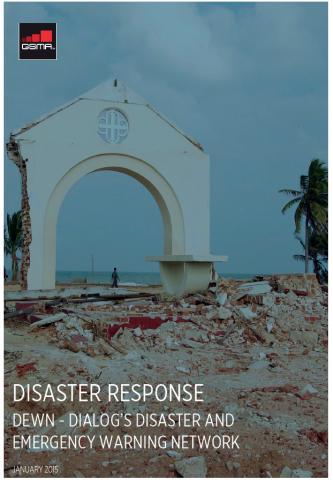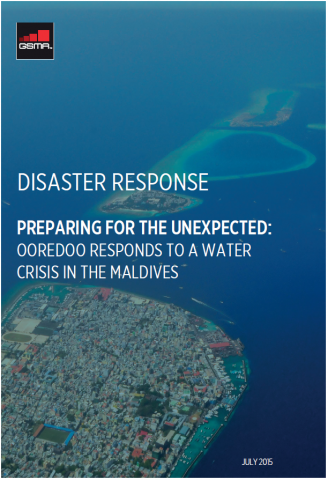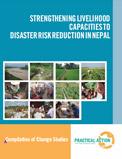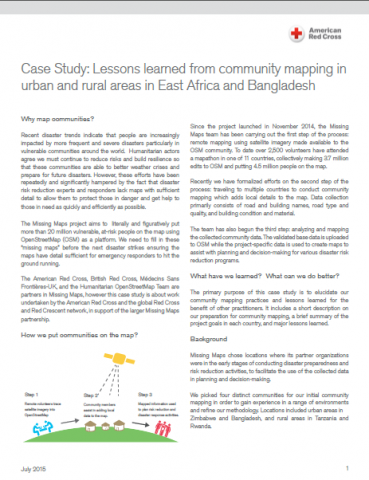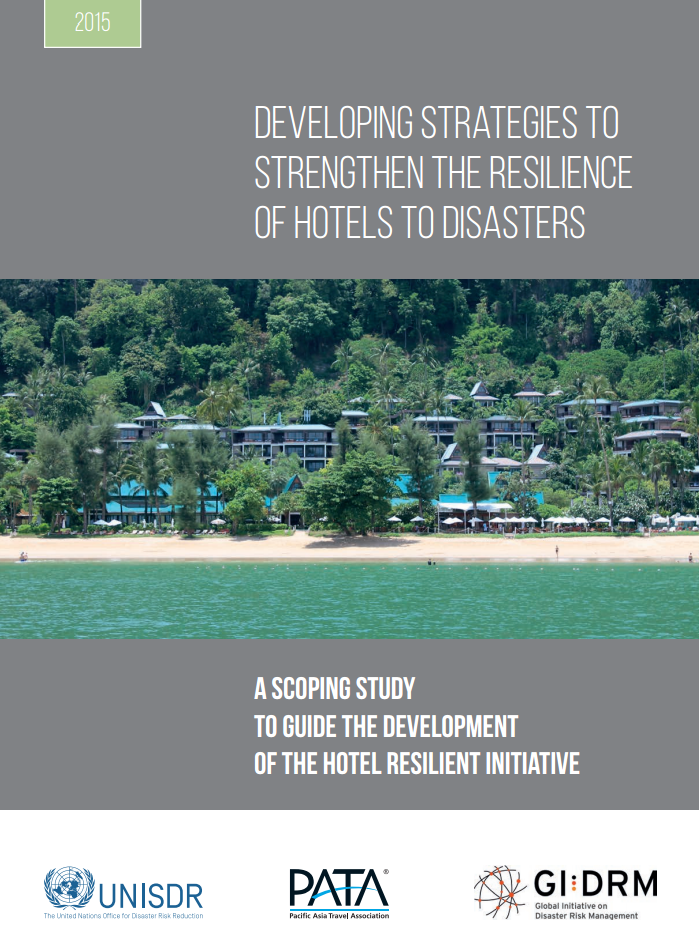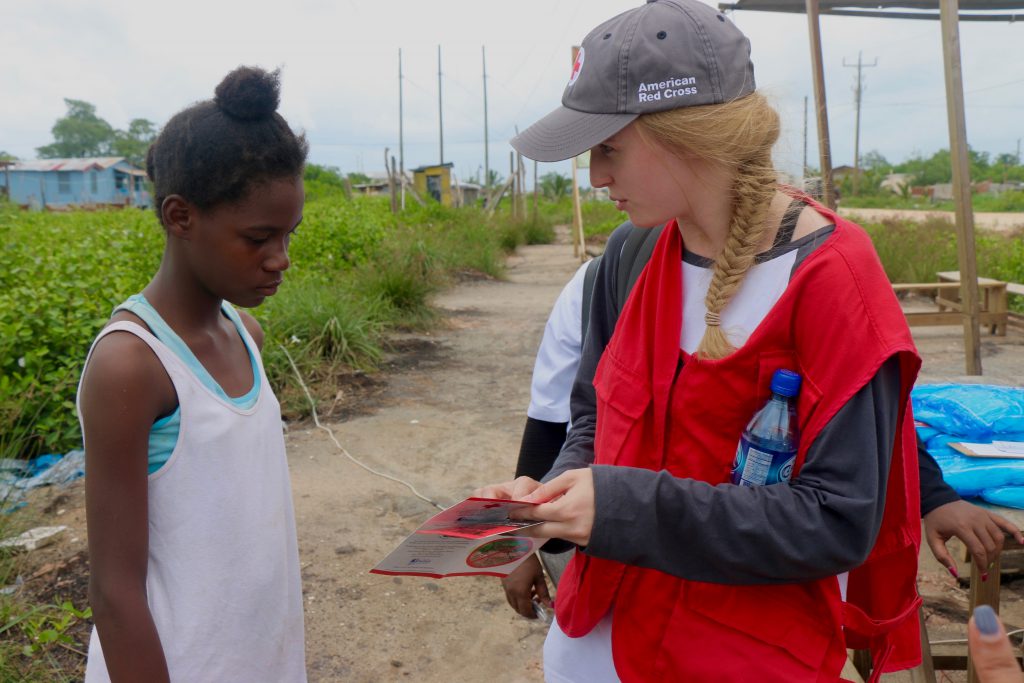Review of Cyclone and Storm Tide Sheltering Arrangements
Queensland is highly exposed to cyclone and storm tide events. The coastal population there is growing and ageing. There are thirteen public cyclone shelters, as well as a number of places of refuge located in vulnerable coastal communities. Local governments have raised issues relating to their operation of these facilities, and whether their capacity will […]
Review of Cyclone and Storm Tide Sheltering Arrangements Read More »



